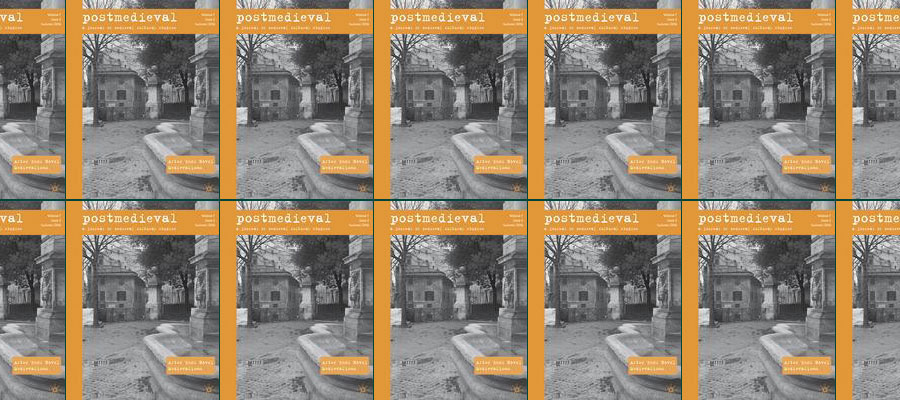The editors of a special issue of postmedival on the topic of “Prophetic Futures” invite contributions to the volume.
Premodern individuals credited the power of prophecy to predict, and even shape, the future. The art or science of prophecy—as it was variously termed and critiqued—subtended larger political and social discourses. Vatic performances informed notions of temporality, nationalism, theology, and gender. Rhetorically, prophetic language ranged from the most equivocal play of syntax to artfully performed literary and figural devices: prolepsis, anachronism, anaphora, doggerel, synecdoche, and metaphor. Prophecy similarly moves beyond categories of historical periodization and regional studies due to its global expanse and transmission across languages, cultures, and timescapes: early modern authors across Europe adapted medieval prophecies, themselves reworkings of oracles from classical and biblical traditions tempered with oral and vernacular cultures. Prophecy sutures both past, present, and futures, but also links geographical expanses in its imagining of alternative and otherwise realities.
This issue of postmedieval aims toward a deep and global history of prophecy with particular attention to modes of temporality and periodization embedded within the texts as well as in critical approaches. The issue thus seeks to reevaluate approaches to prophecy and time, illustrating how different vatic discourses read the future, rewrite the past, and rethink the present moment. As a discursive practice, prophecy eludes, incites, repeats, transforms, and confounds — not only its audiences but also the critical assumptions scholars bring to these unstable texts. As such, we invite essays with fluid critical methodologies, from queer theory to new materialism, and essays from a range of (inter)disciplines, from art history to comparative literature. Potential topics include (but are not limited to):
- The circulation of prophetic texts across Europe in manuscript and print in the Middle Ages and the early modern period.
- The production and circulation of prophecy in the Near and Far East and cross-cultural exchanges with Western traditions.
- Reception of biblical, ancient, medieval and early modern prophecies across historical periods.
- Theoretical reflections on the methodological approach to prophecy and its traditions.
- Conceptualization of time and temporality in prophetic texts.
- The transmission and transformation of ideas concerning gender and sexuality through prophecy.
- Theories of materiality and ontology articulated in prophetic utterances.
- The expression or subversion of religious, national, or imperial identities and communities in prophecy.
- Intersections of prophecy and scientific, philosophical, or political discourses.
- The visual culture(s) of prophetic traditions and the relation between the visual and the textual.
Volume editors: Joseph Bowling (The Graduate Center, CUNY) and Katherine Walker (University of North Carolina, Chapel Hill)
